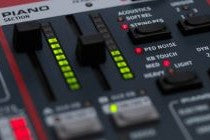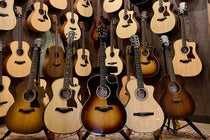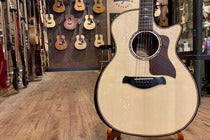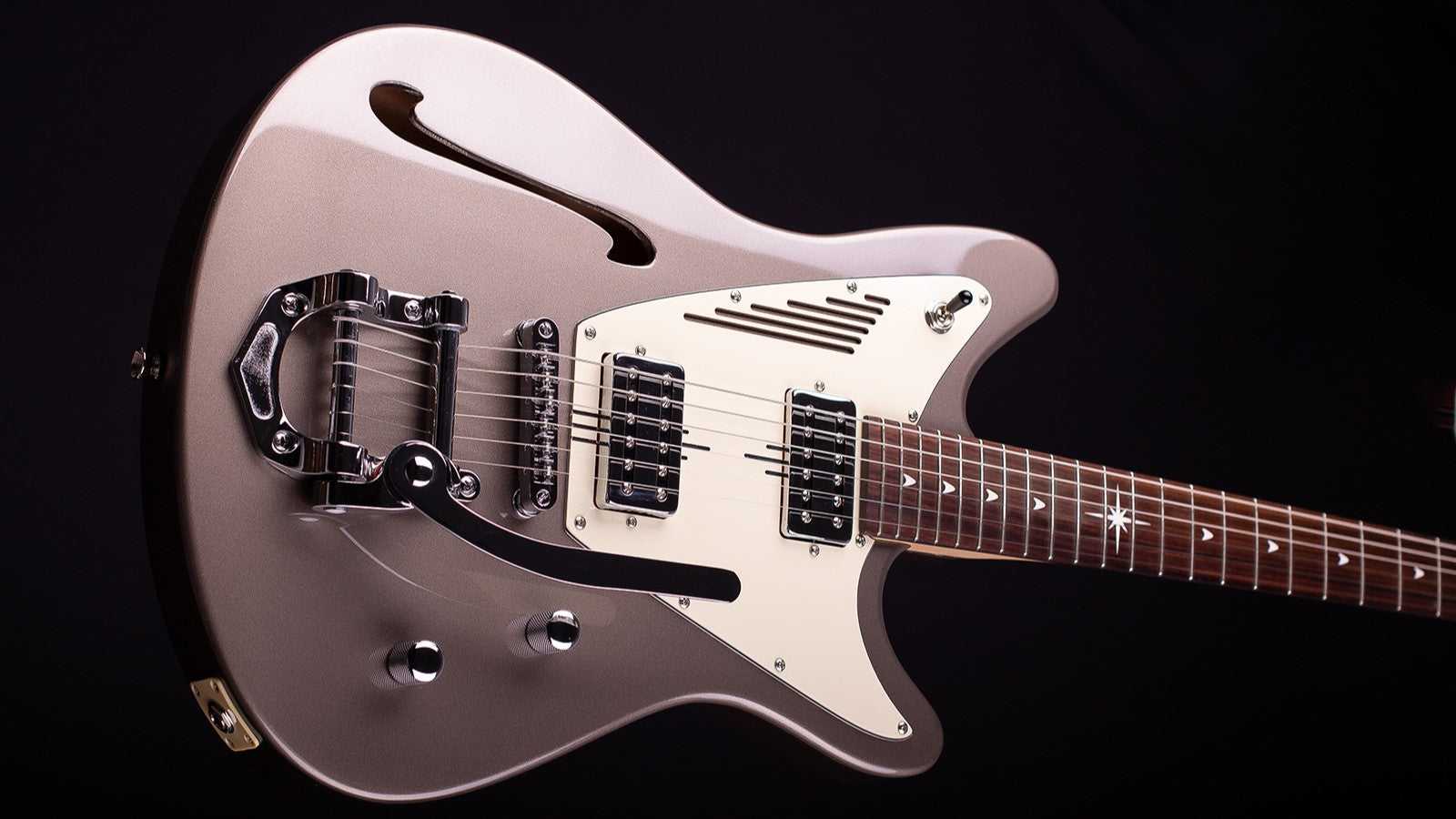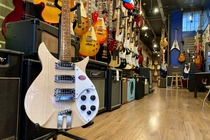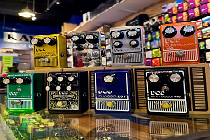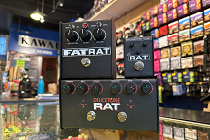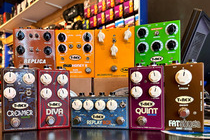An improvising guitarist must take many disciplines into account to effectively portray a truly ‘musical’ performance. This writing will stray away from the more subjective nuances such as ‘feel’, but will guide someone new to improvisation into understanding the fundamentals of musical ad-libbing! A methodical approach to improvisation is important in understanding the underpinnings of jazz music; many musicians prefer to take a melody line, e.g. Gershwin’s, ‘Summertime’, and embellish the melody with rhythmic variations and passing notes (chromatic/semitone movements). A more ‘musical’ mode of improvisation is to understand the harmony or chord structure and apply chord tones and scales accordingly. In doing so, a whole new melody can be established by playing a musical game of ‘connect the dots’.
It is important to note that an improviser should think in terms of the two most important scales; the major and melodic minor. Even more reductively, the relevant ‘chord tones’. In A minor (or any chord, major or minor), the most important degrees of the scale/chord are always the first, third, fifth and chord extensions. In this case, A, C and E. In G major, G, B and D. Starting and ending a melodic phrase on any of these ‘chord tones’ is good practice for understanding the vital building blocks of harmony. These chord tones become interesting when connecting notes are added to link between chord changes.
A seemingly limitless amount of melodic material can be created out of the major and melodic minor scales. Notes from the relative scale (i.e. A minor chord / A minor Scale), can be used to act as connecting notes between chord tones. More simply, conjunct (close together) notes from relative scales are placed on top of the chord changes.
‘Modes’ are merely the aforementioned scales (major and melodic minor), but starting on a different degree of the scale. Using modes can simplify this methodical process, but the guideline to remain ‘conjunct’ between chord changes remains vital in creating a convincing melodic line. Below are some transcriptions of scales to try out. Above all, it is most important to use your own ear, as this is what defines an improviser’s unique style and provides the very un-methodical and pro-musical nuances of the world’s best jazz musicians.
Joe.


